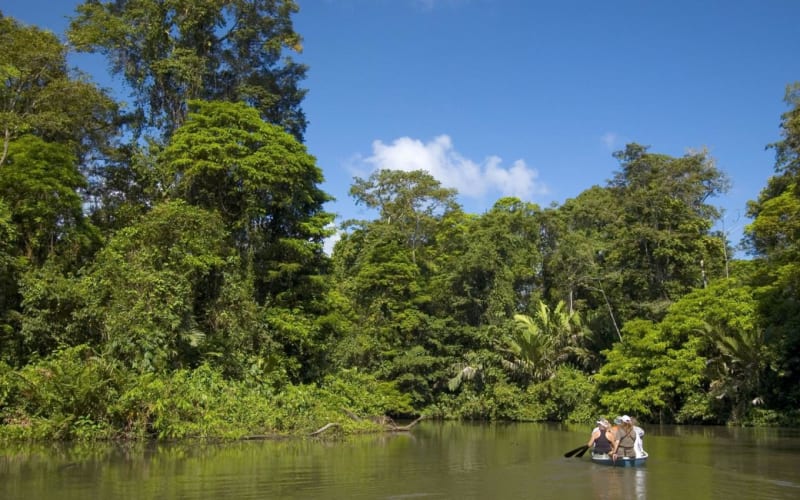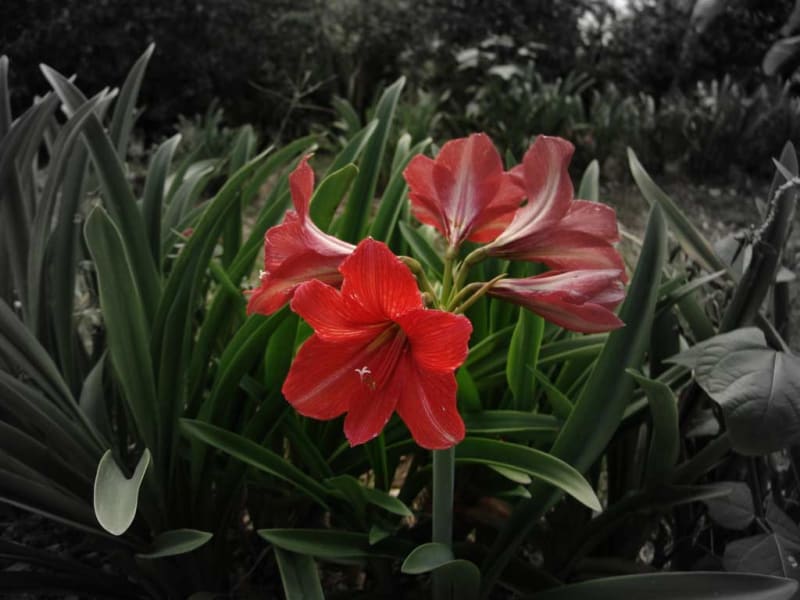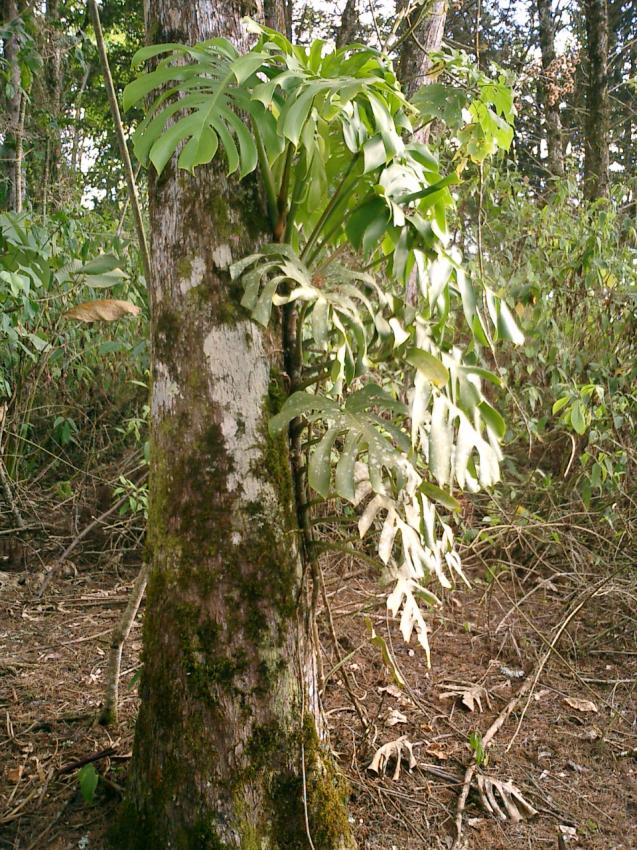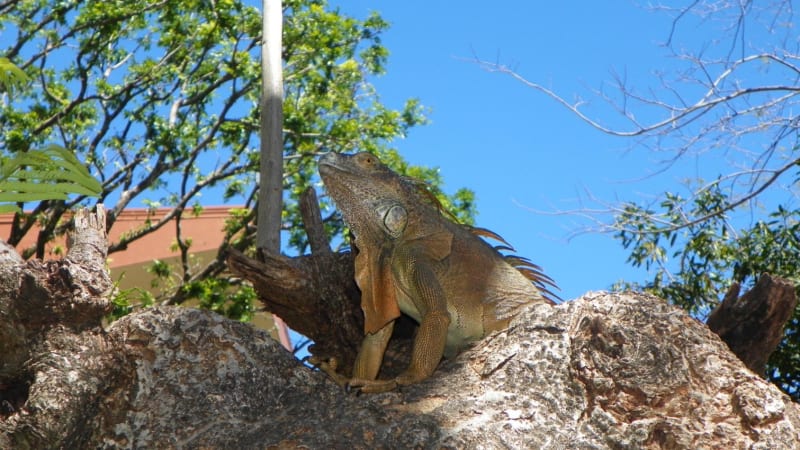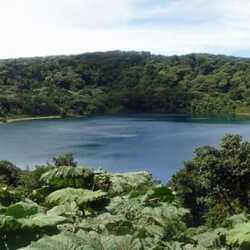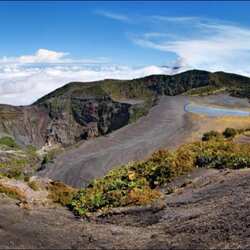Guanacaste National Park
Guanacaste is a national park of Costa Rica, founded on an area of 320 km2 in 1991. The initiative to create the park came from biologist Daniel Janzen, as the most important seasonal migration routes of animals take place here. The area has large elevation differences from 200 to 1,659 meters above sea level.
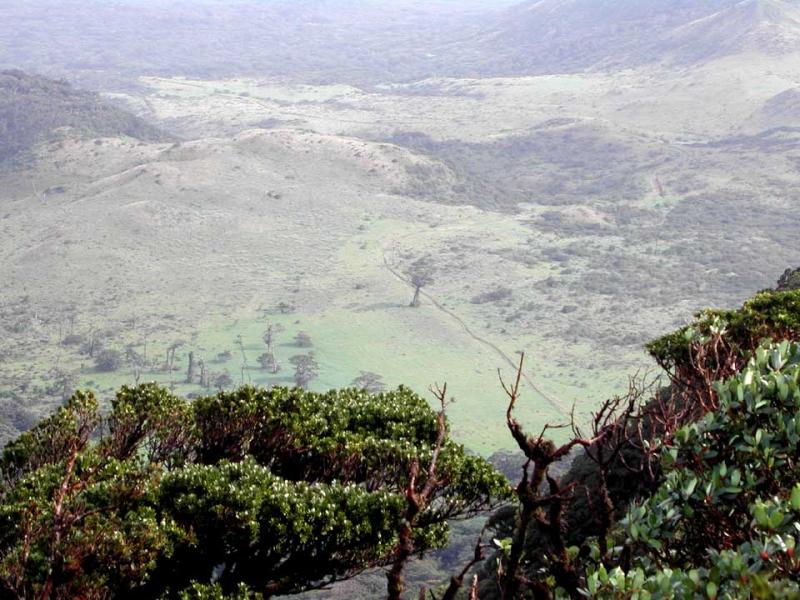
Little is known about the history of this region. Before the discovery of America, these places were inhabited by immigrants from Mexico, with the arrival of the conquistadors in 1519, the ranks of local residents thinned noticeably - they were sold into slavery to other countries. After 2 centuries, none of the indigenous people remained, and Guanacaste became an agricultural province of Nicaragua. In 1898, after the redistribution of the territory of Guanacaste, it passed to Costa Rica.
In the Guanacaste National Park, you can see the Orosi and Cacao volcanoes, in the northwestern part of the park it is adjacent to another national park, Santa Rosa. Most of the park is occupied by the Orosi plain, where hydrogen sulfide springs can be found. The park contains dry and rain forests, swamps and lagoons with salt and fresh water. The animal world is represented by more than 140 species of mammals, over 300 birds and 100 reptiles. The most common representatives of the fauna are iguanas, monkeys, sloths, cougars, jaguars, as well as many dragonflies and frogs.
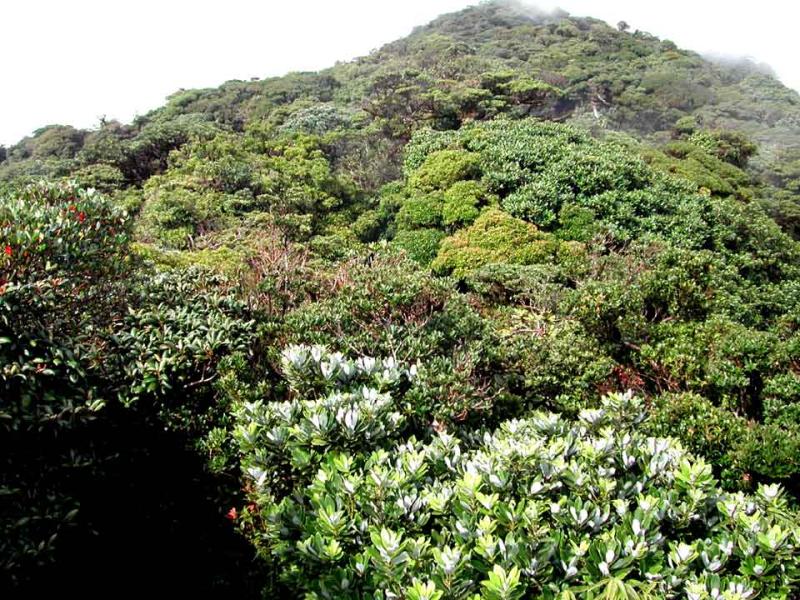
Nowadays, Guanacaste is known for its beautiful beaches, hundreds of kilometers long. These beaches are recognized by many as the cleanest in all of Central America, and all this is due to the work of the authorities to preserve nature. The region has a well-developed tourism industry, most of which is located in the northwestern part of Guanacaste province. Many tourist complexes can be found on Playa Hermosa, Playa Panama, Playa Papagayo, Playa Flamingo, Playa Conchal.
